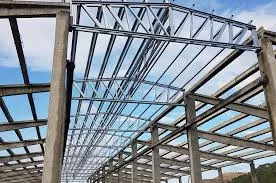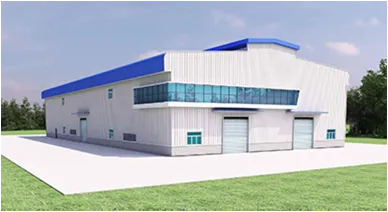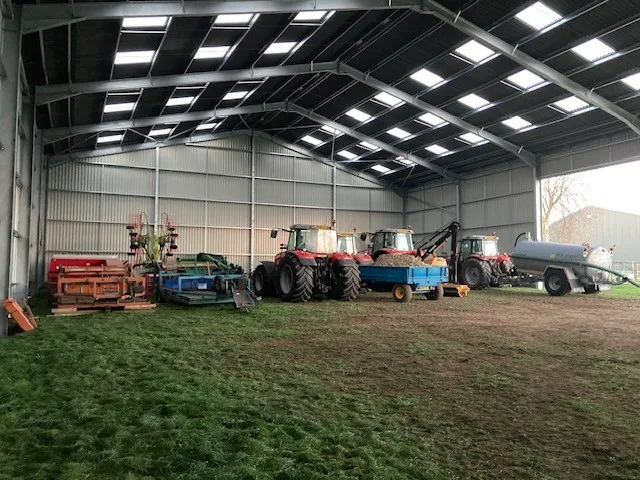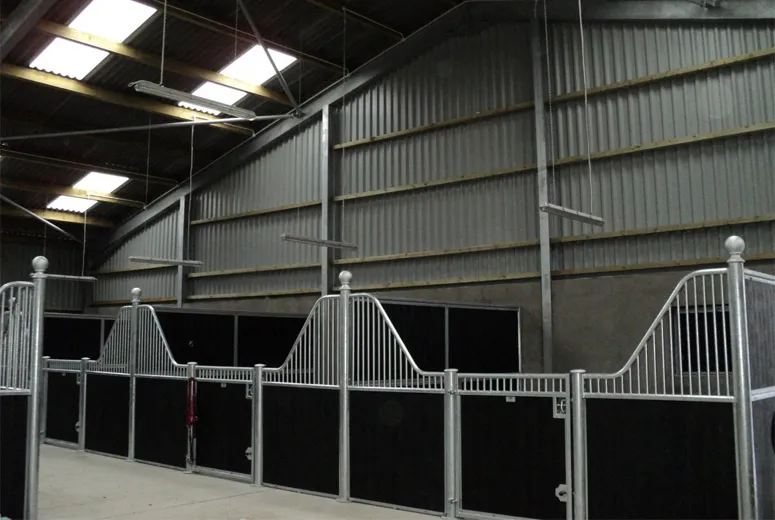In the late 18th and early 19th centuries, factories were primarily constructed to accommodate the burgeoning textile industry. These early factory buildings were often rudimentary, characterized by their utilitarian design. Large, open spaces with high ceilings were essential for housing machinery and allowing for efficient workflows. Materials such as brick and wood were commonly employed in construction, reflecting the regional availability of resources. One notable example of early factory architecture is the Lowell mills in Massachusetts, which exemplified the integration of function and form in industrial design.
Multi-Functional Spaces



